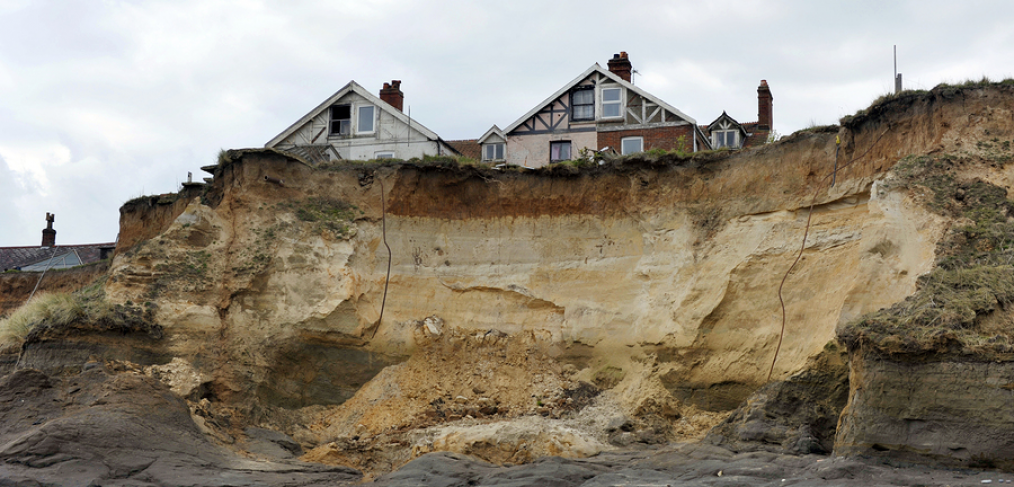
Erosion: 5 Effective Ways to Control and Prevent It
Erosion: Definition, Causes, and How to Prevent it
People and businesses all around America have hills and slopes in their yards. These added dimensions can be helpful to separate a home form a busy street, add extra privacy.
However, these hills can also be susceptible to erosion and runoff that is hard to control and the damage that soil washing away can cause is devastating.
What is Erosion and What are the Causes?
Erosion is when the top soil is swept away by natural or man-made forces. Wind, water, and ice all play a part in erosion. It can be caused by natural forces or can be man-made.
You might recall the “Dust Bowl” of 1930s as an infamous event of dust storms that damaged the ecology and agriculture of the United States and Canada. This event was caused by a combination of severe doubt and a failure to apply dry-land farming methods to prevent wind erosion.
There are many other factors that can contribute to erosion such as climate change and rainfall. Other factors like removing vegetation, disturbing the soil, and changing the natural drainage patters can all cause the problem as well. In the U.S. alone, nearly 6 billion tons of soil wash and blow away each year. This is figure far exceeds the amount of erosion seen in the Dust Bowl.
Looking to improve the health and growth rate of your trees’ roots? Shop our deep root aeration products.
Impact of Erosion
Regardless of the causes, erosion can make it very tough to grow vegetation. As a result, the problem can slowly become a huge problem when ignored and not addressed.
Beautiful landscapes can turn into lifeless terrain and even cause landslides and mudslides making them very dangerous. Depending on the land and the severity of the erosion problem can indicate how to best try to control the problem.
There are many ways to self-treat, but for some more extreme problems, seeking processional help might be the best way to go.
Landslides, Mudslides, and More
Furthermore, not only can a once amazing terrain be washed away by erosion, creating landslides and mudslides, there are more problems that can occur. According to Lowes,
“Topsoil — with its organic matter, beneficial microorganisms and nutrients — washes away. In many cases, erosion can be dangerous. Also washing away are contaminants such as fertilizer, pesticides and petroleum products. All of this ends up downstream and eventually in our water supply.
The process of erosion is subtle. Making sure to are aware and catch it as early as possible will help you to control the process. If you are not sure if you have problems, here is a checklist to see if it might be happening on your landscape.
Completely stopping erosion is a possibility, however, that might not happen. You can slow down the process. The following are 5 ways that have been proven to help control the erosion process.
5 Proven Ways to Help Control Erosion
- Baffles or Barriers
If you are looking with a smaller slope that this might be a good option. Baffles or barriers are devices that can help to slow down the flow of water or diver the water from directly flowing downhill creating the erosion. A baffler or barrier is made up of is partially buried stone or timbers laid parallel to the slope. - Riprap
A riprap’s goal is to is to slow and divert the flowing water. This process uses rough, loose stone on an embankment slope to prevent erosion. Granite is typically used and ins placed about 6-8 inches wide each. The stone is embedded into the slope or it is spread loosely onto the slope.Depending on the landscape design you have going on, will impact how you might feel about this option. While this works, it can have a look that might not be what you want. Some have described it as “stark or harsh.” It is possible to landscape around the areas by adding different ground covers or rock garden plants. - Terrance
This is the process of adding in a stair-step up the slope. Each layer allows you to place plants between the steps. The idea of the Terrance is that the water won’t run off, but soak into the soil. The retaining wall can be made of timber, stone, concrete, or precast concrete block. You want the terrace to have a slope, but not too much. It is recommended to have about a 2% slope to prevent the water from pooling in the back of the retention wall. - Plants
One great and natural option to help to control erosion on slopes is by using plants. The roots of plants act as natural ways to hold in the round and soil and anchor the soil. Planting on a slope can be more difficult. - Turf grass
Some have argued that turf grass might be the best defense against soil erosion. Turf grass helps to bind the soil together as each grass plant has an extensive root system. In fact, up to 90% of the weight of a grass plant is in the roots. According to The Lawn Institute, each grass plant can grow over 300 miles of roots.
Takeaway
Choosing to use baffles or barriers, ripraps, terraces, plants, or turf grass are all great ways to help avoid the sad causes of erosion. When ignored and not dealt with, the problem can take amazing land and destroy the landscape. To make sure the slow process doesn’t take over, it needs to be handled effectively.
“Some people, especially farmers, have a fatalistic attitude toward erosion. Land erodes, they feel, just as people grow old, automobiles sputter and stall, and apple trees eventually give out. But land is not like that. It does not have to erode. In fact, a healthy land adds humus and builds up its fertility every year… don’t accept erosion as a “fact of life.” ~ Malcolm Margolin at Mother Earth News
Conclusion
In conclusion, treating erosion as soon as you notice it can help salvage your amazing landscape. Use one of these methods as a way of controlling it or seek out professional help to treat the problem. You can help keep a great landscape and yard looking as beautiful as it should.

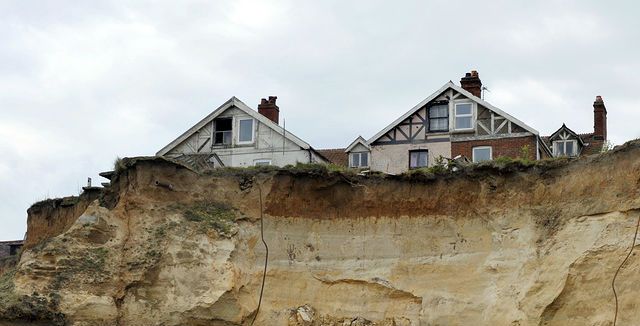
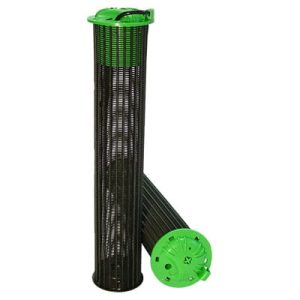
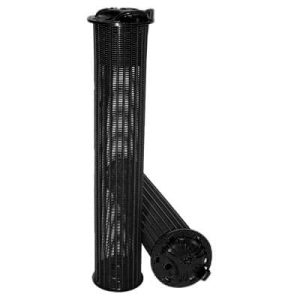
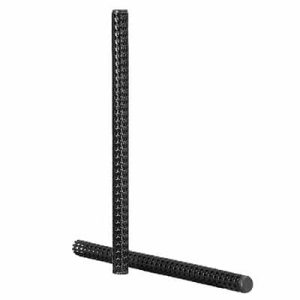

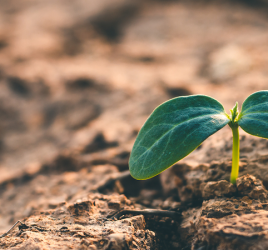

I’d heard of barriers to help prevent erosion, but I hadn’t heard of riprap or baffles. I’ve got a friend who is trying to landscape his backyard at the moment, and he’s dealing with a lot of erosion issues, so I may have him look at this. Plants seem like the easiest way to help prevent big problems, but now I nkow there’s a lot of ways to approach the problem. Thanks for sharing!
Hi Tobias,
I’m glad to hear that you found this helpful. Thank you for stopping by.
~ Jeff
I like your tip to use plants. Like you said, planting on a slope can be difficult. However, I think it looks best. I have a large slope in my backyard. I’ll try planting some things this weekend.